When it comes to photography, lighting is one of the most critical elements that can make or break an image. While many photographers focus on the intensity and direction of light, the color of the light is equally important. The question arises: which color light is best for photos? This article delves into the nuances of color temperature, the psychology of colors, and practical tips for selecting the right light for your photography needs.
Understanding Color Temperature
Color temperature, measured in Kelvin (K), refers to the hue of a specific type of light source. It ranges from warm (lower Kelvin values) to cool (higher Kelvin values).
- Warm Light (2000K - 3500K): This range includes the soft, golden hues of sunrise and sunset. Warm light is often associated with comfort, intimacy, and nostalgia. It is ideal for portrait photography, as it enhances skin tones and creates a flattering atmosphere.
- Neutral Light (3500K - 4500K): This range mimics natural daylight and is versatile for various photography styles. It provides a balanced representation of colors, making it suitable for product photography, food photography, and any scenario where accurate color reproduction is essential.
- Cool Light (4500K - 6500K): Cool light, often found in overcast conditions or in shaded areas, can create a crisp and clean look. It is particularly effective for architectural photography and landscapes, where clarity and detail are paramount.
The Psychology of Color in Photography
Colors evoke emotions and can significantly influence the viewer's perception of an image. Understanding the psychological impact of different colors can help photographers make informed decisions about lighting.
- Red: Associated with passion and energy, red light can create dramatic effects in portraiture and fashion photography. However, it can also distort skin tones if overused.
- Blue: Often linked to calmness and serenity, blue light can enhance the mood in landscape photography, particularly during twilight. However, it may not be the best choice for portraits, as it can make skin appear sallow.
- Green: Symbolizing nature and tranquility, green light is excellent for outdoor photography. It can enhance foliage and create a harmonious atmosphere.
- Yellow: Evoking warmth and happiness, yellow light can brighten up images and is particularly effective in food photography, making dishes appear more appetizing.
Practical Tips for Choosing the Right Color Light
- Assess Your Subject: Consider the subject matter of your photography. For portraits, warm light is often more flattering, while neutral light works best for products.
- Use Color Gels: If you're working with artificial lighting, color gels can help you modify the light's color temperature. This allows for creative experimentation and can enhance the mood of your images.
- Experiment with White Balance: Adjusting the white balance settings on your camera can help you achieve the desired color temperature. Experiment with different settings to see how they affect your images.
- Consider the Time of Day: Natural light changes throughout the day. The golden hour (shortly after sunrise and before sunset) provides warm, soft light, while midday sun can be harsh and produce cooler tones.
- Post-Processing Adjustments: Don’t underestimate the power of post-processing. Software like Adobe Lightroom and Photoshop allows you to adjust the color temperature of your images after shooting, giving you greater control over the final look.
Conclusion
Choosing the best color light for photography is not a one-size-fits-all approach. It requires an understanding of color temperature, the emotional impact of colors, and the specific needs of your subject. By considering these factors and experimenting with different lighting conditions, photographers can elevate their work and create stunning images that resonate with viewers. Whether you're shooting portraits, landscapes, or products, the right color light can transform your photography from ordinary to extraordinary.

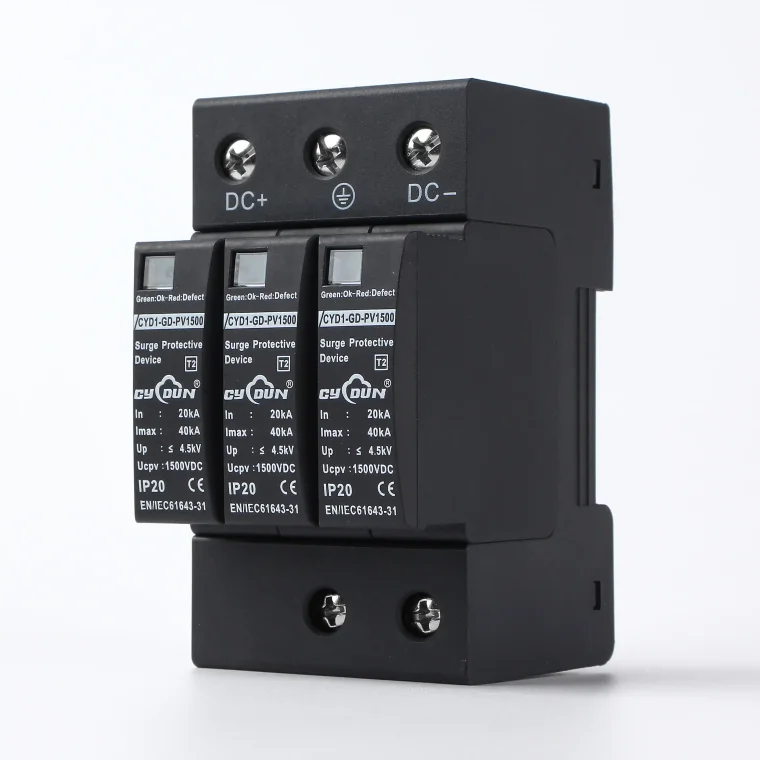
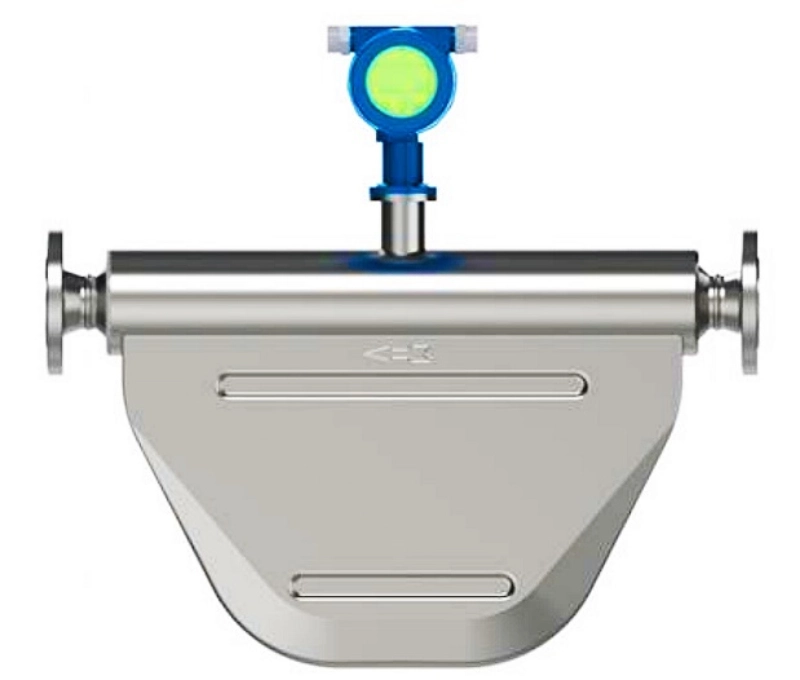
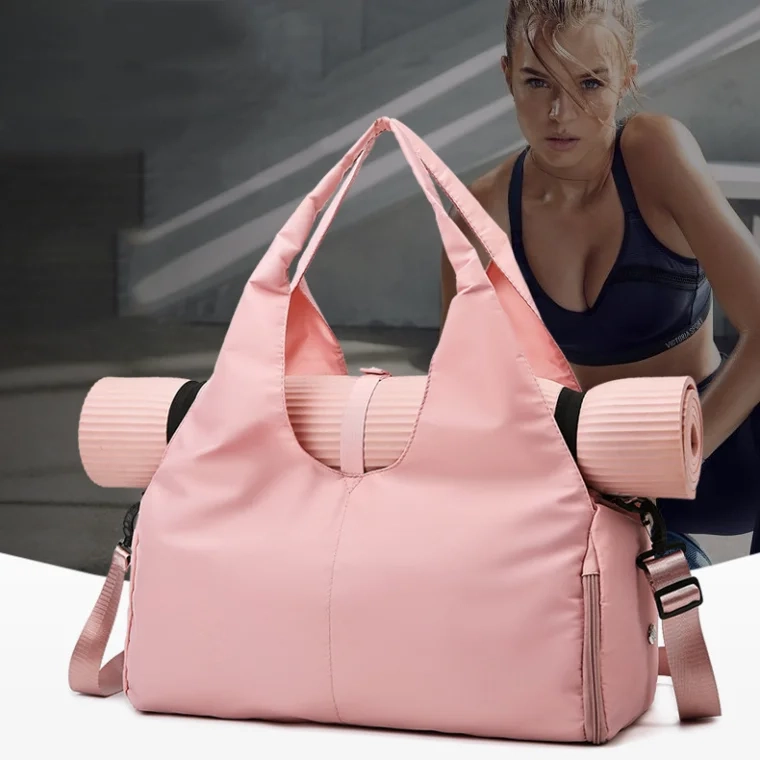


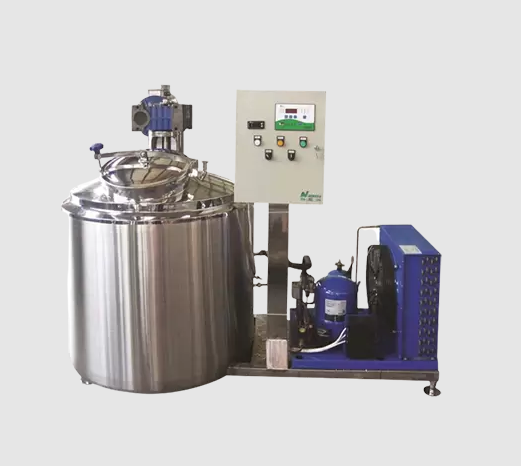
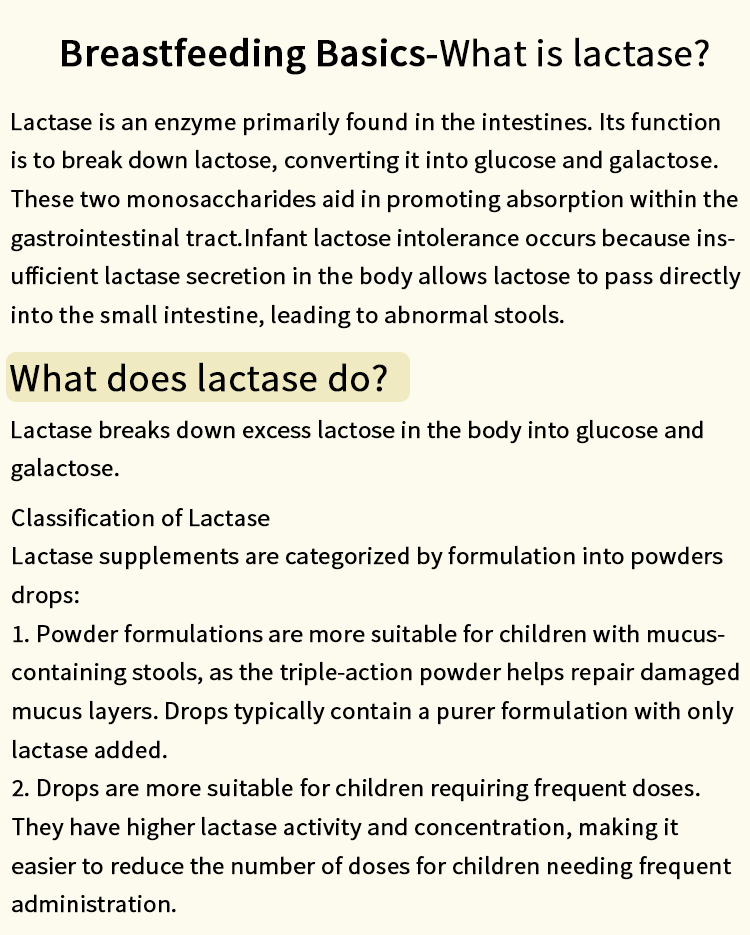
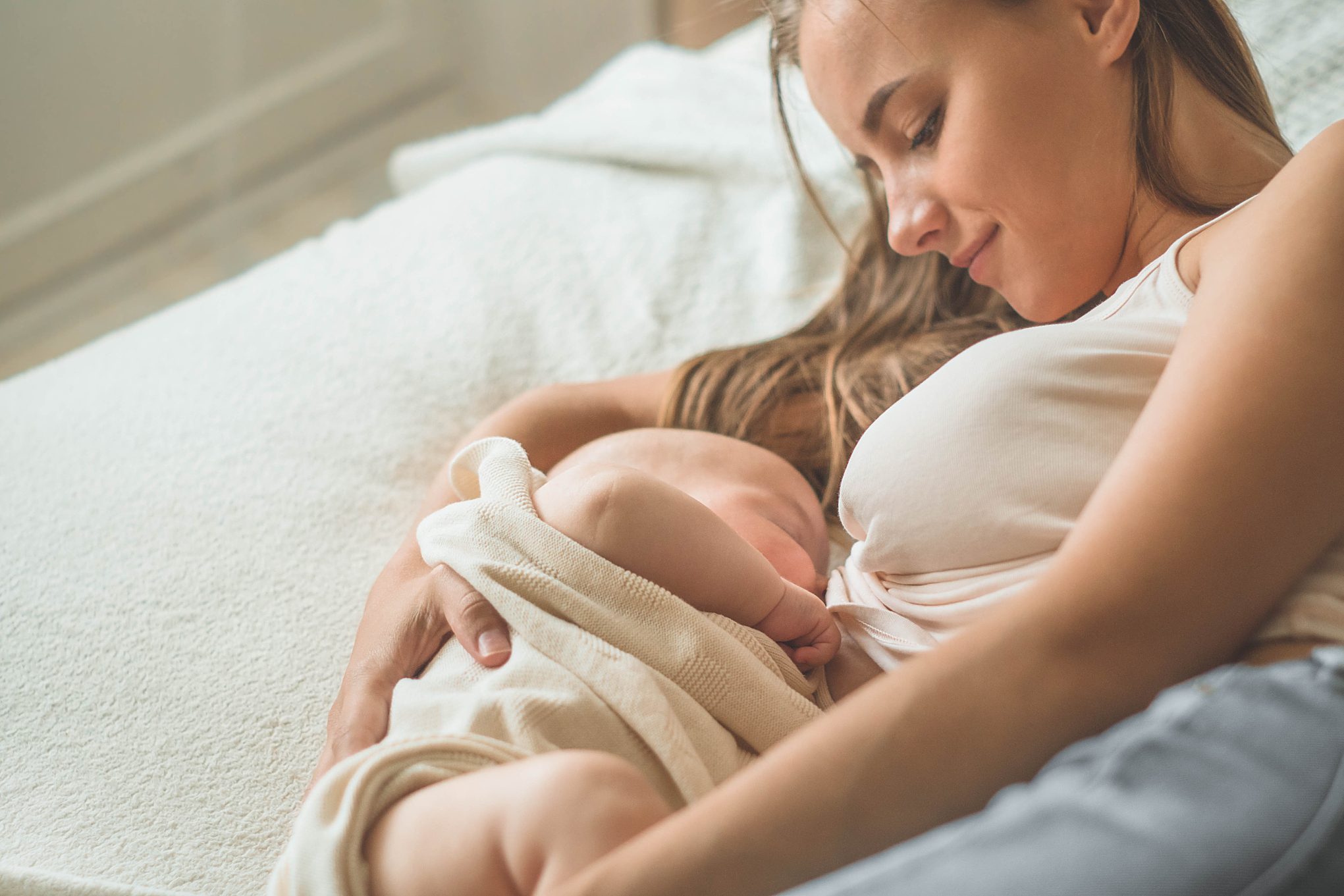
+ There are no comments
Add yours